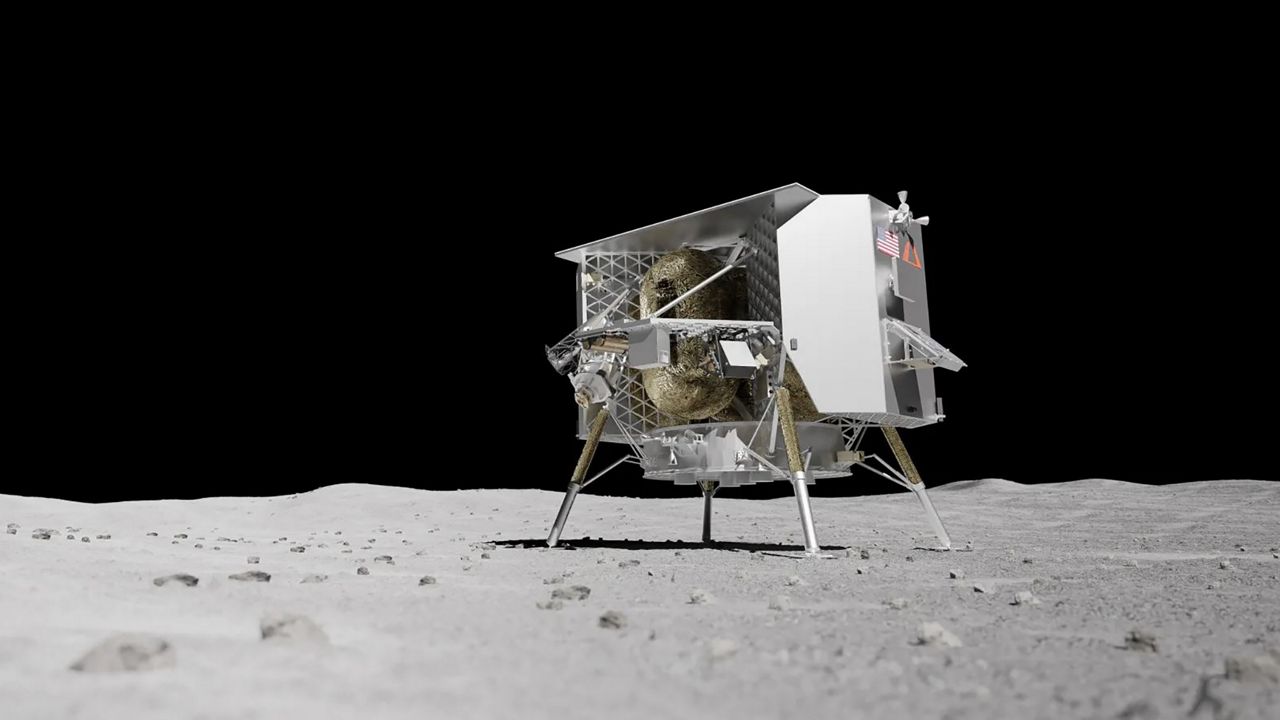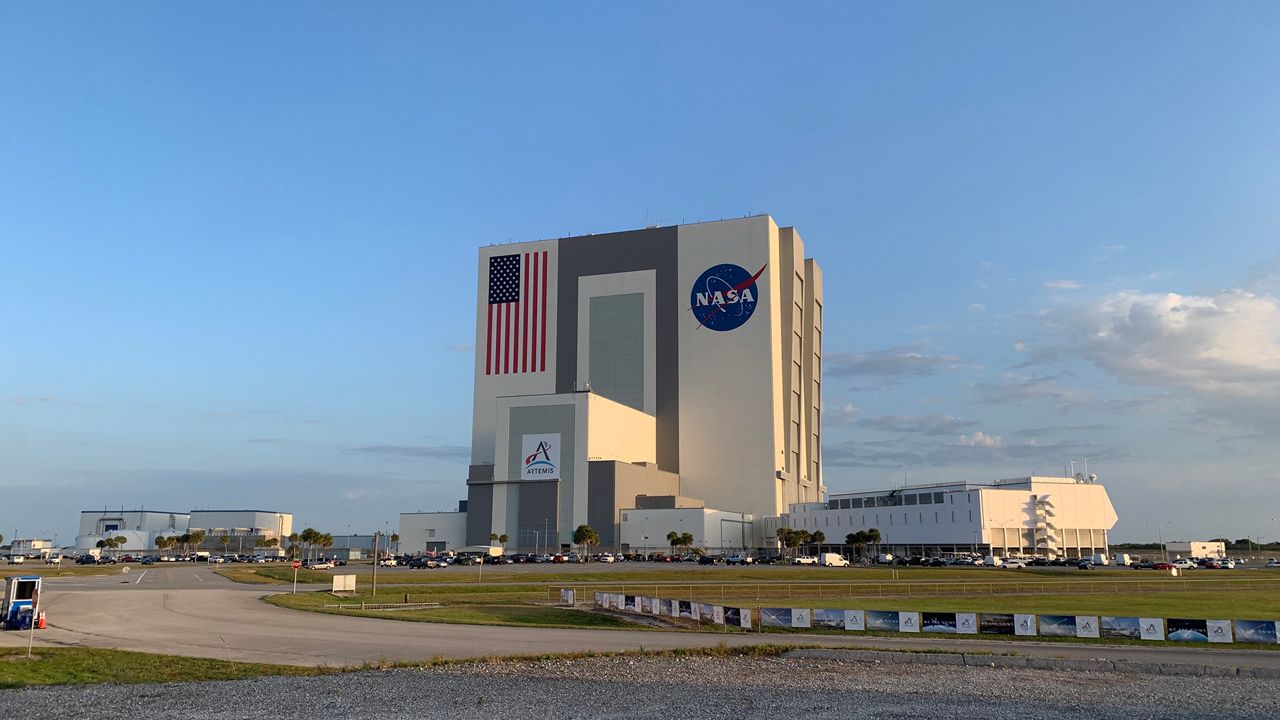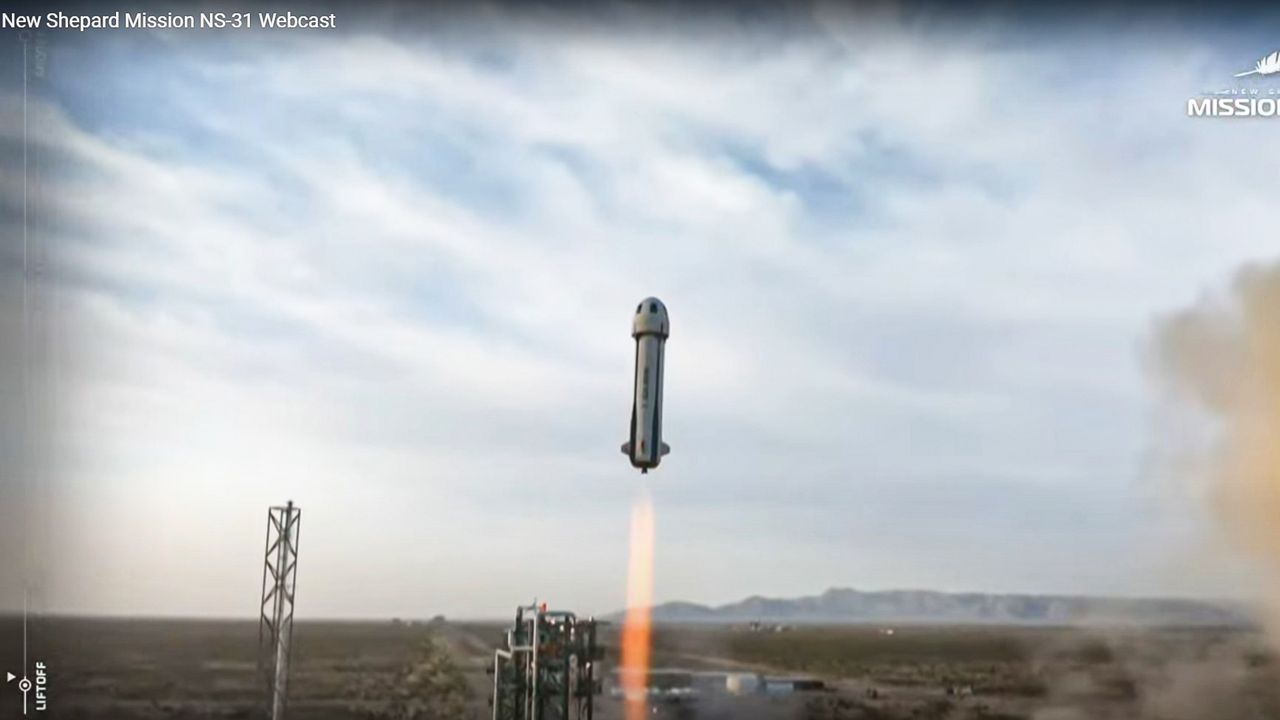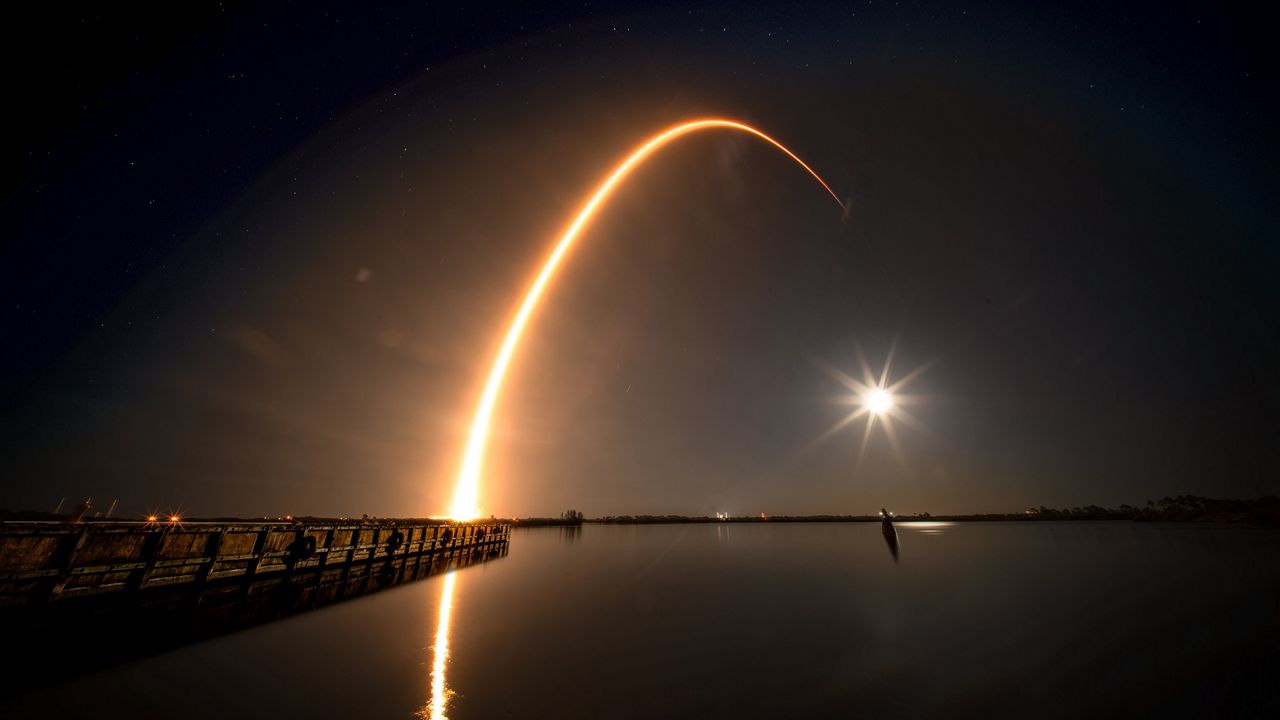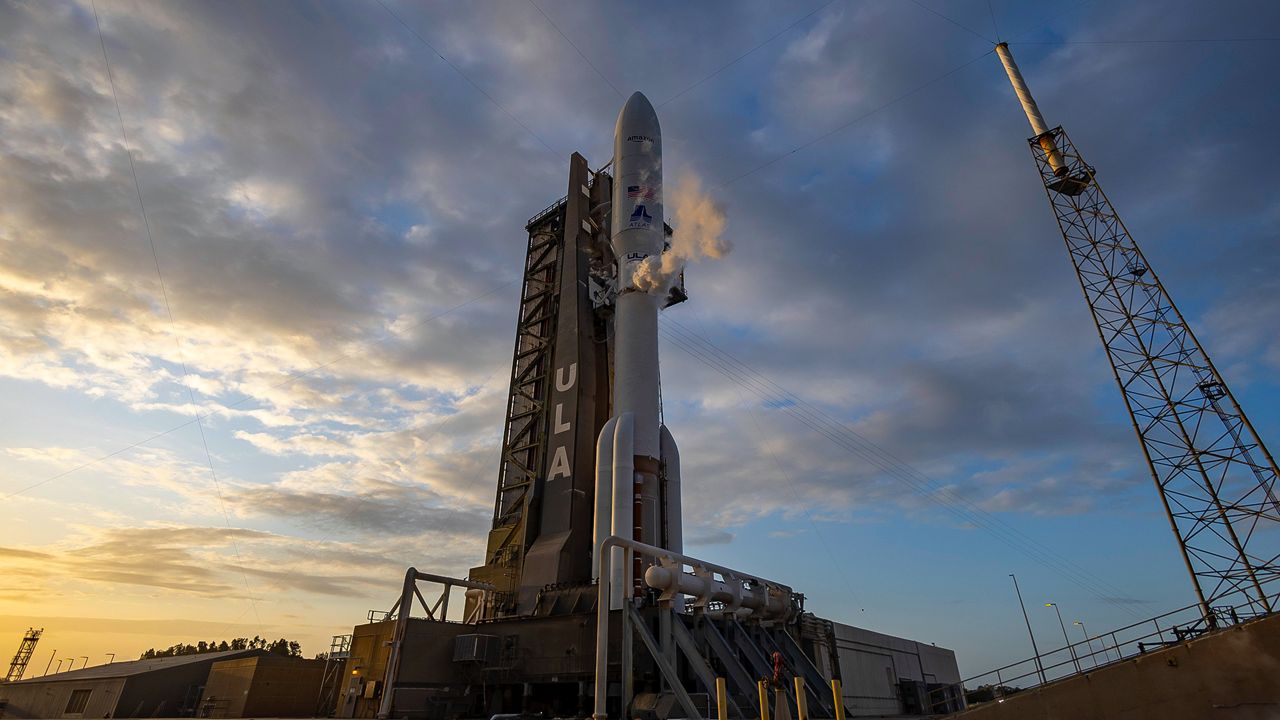CAPE CANAVERAL SPACE FORCE —Astrobotic stated that its Peregrine lunar lander is losing fuel due to anomaly and confirmed there is no hope for a soft landing on the moon.
What You Need To Know
- Space company Astrobotic announced that its Peregrine lunar lander was experiencing "an anomaly" after launch
-
- Spectrum News has reached out to Astrobotic for comment
- It is carrying NASA experiments, projects from companies, universities and the remains of those who wanted to be buried on the moon
On Tuesday, Astrobotic stated there is a working theory as to why the lunar lander that is carrying payloads for NASA and a private space memorial company is losing fuel.
“Astrobotic’s current hypothesis about the Peregrine spacecraft’s propulsion anomaly is that a valve between the helium pressurant and the oxidizer failed to reseal after actuation during initialization. This led to a rush of high pressure helium that spiked the pressure in the oxidizer tank beyond its operating limit and subsequently ruptured the tank,” Astrobotic stated.
The Peregrine lunar lander has five main engines with 12 thrusters, with the fuel being “… a proven hydrazine derivative, Mono-Methyl-Hydrazine (MMH), as the fuel. The oxidizer is a solution of nitric oxide in dinitrogen tetroxide/nitrogen dioxide, 25% Mixed Oxides of Nitrogen (MON-25),” stated a report by Astrobotic about the spacecraft.
But due to the fuel leak, Astrobotic stated there is “no chance for a soft landing on the moon.”
The lunar lander was launched early Monday morning by United Launch Alliance’s Vulcan Centaur rocket in its maiden flight. Astrobotic stressed that the propulsion anomaly is not the result of ULA’s launch.
Update #8 for Peregrine Mission One: pic.twitter.com/gyH4W6B3cc
— Astrobotic (@astrobotic) January 9, 2024
Earlier on Tuesday, the Pittsburgh-based company that its team was able to correct a solar-pointing issue that arose again and the craft’s batteries are fully charged.
On Monday, the Pittsburg-based Astrobotic stated that the Peregrine was experiencing “an anomaly” and it was not able to stabilize the spacecraft’s sun-pointing orientation.
An Update on Peregrine Mission One: pic.twitter.com/Q20dGVOMml
— Astrobotic (@astrobotic) January 8, 2024
According to the company’s report on the Peregrine lunar lander, its guidance, navigation and control (GNC) system are used to maintain the spacecraft’s journey to the moon.
“Input from the star tracker, sun sensors, and inertial measurement unit aid the GNC system in maintaining a sun-pointing orientation, with the solar panel facing the Sun, during nominal cruise operations,” the Pittsburgh-based company stated in its report.
By some time on Thursday, the Peregrine will run out of fuel, the private space company declared but its team is working to extend its life and is hoping to gather as much data from the spacecraft’s onboard systems for future analysis.
Update #7 for Peregrine Mission One: pic.twitter.com/qAPcChVROO
— Astrobotic (@astrobotic) January 9, 2024
Spectrum News reached out to Astrobotic for comment, but the company did not immediately respond.
The Peregrine lunar lander is carrying a number of experiments and projects for NASA, universities and companies, including one from memorial company Celestis.
The company’s Peregrine lander is part of NASA’s Commercial Lunar Payload Services initiative and the Artemis program, which will send humans back to the moon.
According to Astrobotic, the rest of the systems are operating well.




